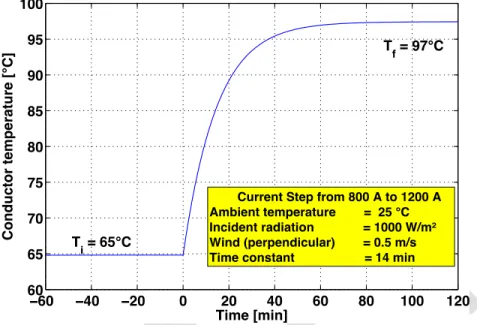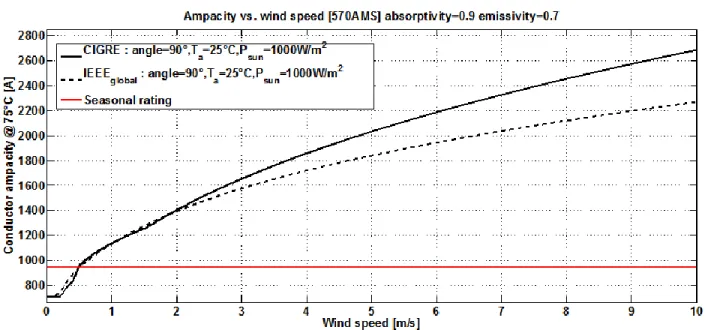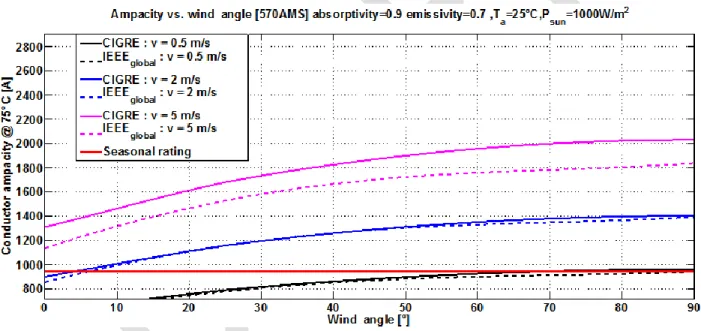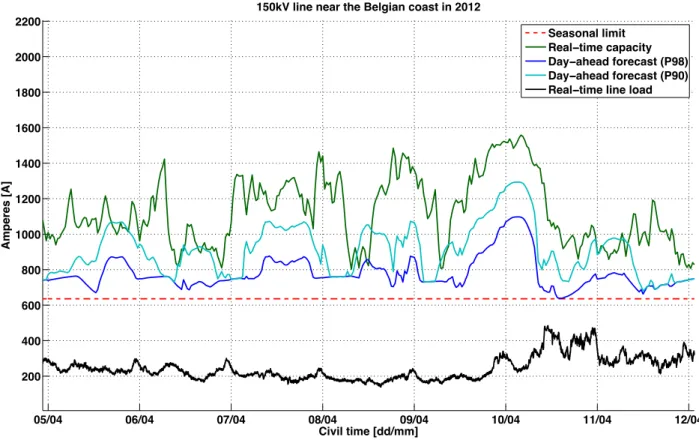Forecasting for dynamic line rating
Texte intégral
Figure




Documents relatifs
Also, in both eyes, the ANOVAs identified significantly larger variance in the Go/NoGo sessions (dashed lines) than the Go-Only sessions (solid lines) (left eye: between – 10 and 0
Lucie Barateau, Sofiene Chenini, Manuela Lotierzo, Anna Laura Rassu, Elisa Evangelista, Régis Lopez, Anne-Marie Gorce Dupuy, Isabelle Jaussent,
Spécialité Sciences économiques Jérôme Mathis Université Paris-Dauphine Président du jury Camille Cornand Université Lyon 2 Rapporteure Emmanuelle Gabillon Université de
ne se pose pas avec la ineme acuite que dans d'autres bibiiotheques : en effet, a cause, en partie (mais aussi parce que les collections ont un caractere semi-prive
partjlcular set of drawins. Refer to the standards where appropriate. 3.3 Concrete note - coatalns information on grades of concrete far vartous structural members,
It is computationally more costly than incremental and decayed- history algorithms, but more accurate, and fast enough to be applied in real time to large-scale game servers..
In the future we plan to utilize the way in which other users interact with the examined user’s tweets (marked as favorites or being retweet- ed) as a quality
We develop algorithms for different use cases of cooperative SLAM: the full observation for all robots case, the robots with partial information case and the




![Figure 9: Two-day ahead ambient temperature forecast has a significant influence on ampacity; data from a 150kV line in Belgium, near the North Sea [mean ± 1 std] (EU funded TWENTIES project, NETFLEX Demo)](https://thumb-eu.123doks.com/thumbv2/123doknet/12522948.341990/30.918.153.684.591.934/temperature-forecast-significant-influence-ampacity-belgium-twenties-netflex.webp)
![Figure 10: Projected perpendicular windspeed forecast has a significant impact on ampacity during daytime, for values >5m/s [mean ± 1 std] (EU funded TWENTIES project, NETFLEX Demo)](https://thumb-eu.123doks.com/thumbv2/123doknet/12522948.341990/31.918.218.704.127.464/projected-perpendicular-windspeed-forecast-significant-ampacity-twenties-netflex.webp)